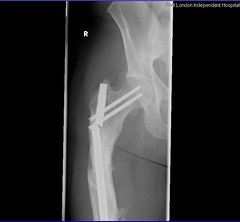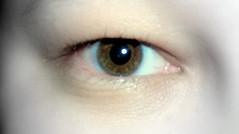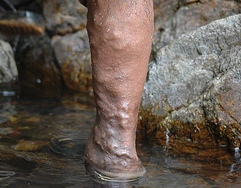
Vitamin K doesn’t get talked about nearly as often in skincare as other vitamins. That’s perhaps because there isn’t as much research on it, but there is some. Vitamin K is a fat-soluble vitamin that plays a role in the coagulation process (Mark Brandt, PhD). The name “K” comes from the German word for coagulation, which starts with a “k.” In food, it’s found in cottage cheese, chicken, and certain fermented cheese. It’s found in fermented milk products because it’s a waste-product of the bacteria used when milk is fermented into cheese (You: Staying Young).
What does it do?

In addition to being part of the coagulation process on of vitamin K’s important features is that it’s a coenzyme — which means it assists an enzyme, which speeds up a reaction without destroying itself. In this case, it works with the Matrix γ-carboxyglutamic acid protein (Ötles and Karaibrahimoglu). This protein inhibits the calcification of elastin. This calcification leads to an inflammatory process known as inflamm-aging (Cosmetics and Toiletries). Essentially, it keeps the soft connective tissue from deterioration.
Vitamin K also plays a role in bone health. Your body takes vitamin K and makes K2, a metabolic product that takes calcium from blood and delivers it to bones. Hip fractures have been found more commonly in people with a deficiency in vitamin K (You: Staying Young).
What are the benefits on skin?

Vitamin K has become more popular in dermatology because it helps maintain elasticity and vein integrity. Subsequently, it’s being tested for use in creams to help with bruising and dark circles. Researchers suggest that dark circles may be caused by vitamin deficiencies and topically application of a blend of vitamins, including C, A, and K may help reduce them (Journal of Cosmetic Dermatology). A 2004 8-week study found that an under eye gel developed with 2% vitamin K, plus vitamin E, C, and retinol, found that of 57 patients, more than 40 found the gel at least slightly effective (Journal of Cosmetic Dermatology).
[Read More: The Best Eye Creams of 2011: The Friendly Friday Q&A Post]
A small study demonstrated vitamin K’s effectiveness in treating the purpuric discoloration that happens after pulse-dyed laser treatment (Dermatological Surgery). A formula consisting of 1% vitamin K and 0.3% retinol was the most effective and sped up the discoloration resolution to 5-8 days, when the control group took 11-13 days.
Will it remove spider veins?

Spider veins — or varicose veins — can manifest themselves all over the body and there are claims that they can be treated with vitamin K (DERMAdoctor Skinstruction Manual). But there are also questions about the efficacy of topical treatments helping these veins (Simple Skin Beauty). A study done in vitro showed that the Matrix γ-carboxyglutamic acid protein that inhibits elastin calcification could also take part in vein wall remodeling (Journal of Vascular Research). Vitamin K is a crucial coenzyme in this reaction. But this study merely begs the question of whether vitamin K could help varicose veins — it’s not a definitive answer. In the future, further studies will unlock whether the relationship between blood coagulation, Matrix γ-carboxyglutamic acid protein, and vitamin K will be helpful as a varicose vein treatment.
Bottom Line
Vitamin K’s popularity is a pretty recent development in dermatology that warrants further exploration. It’s a vitamin involved in blood coagulation, bone health, and enzyme processes that maintain elastin and possibly vein integrity. Topical applications have been shown to help reduce under eye circles and purpuric post-laser surgery discoloration. Preliminary information also seems to suggest that vitamin K could be used to treat varicose veins. We’ll be on the lookout to see what new studies and information pops up.
If you’re looking for something to help under eye circles, here are some of our favorite formulas with vitamin K.
Peter Thomas Roth Power K Eye Rescue Dark Circle Eye Treatments ($49.97, Amazon.com)
Lumixyl RevitalEyes Brightening Eye Cream .5 oz ($49, Amazon.com)

